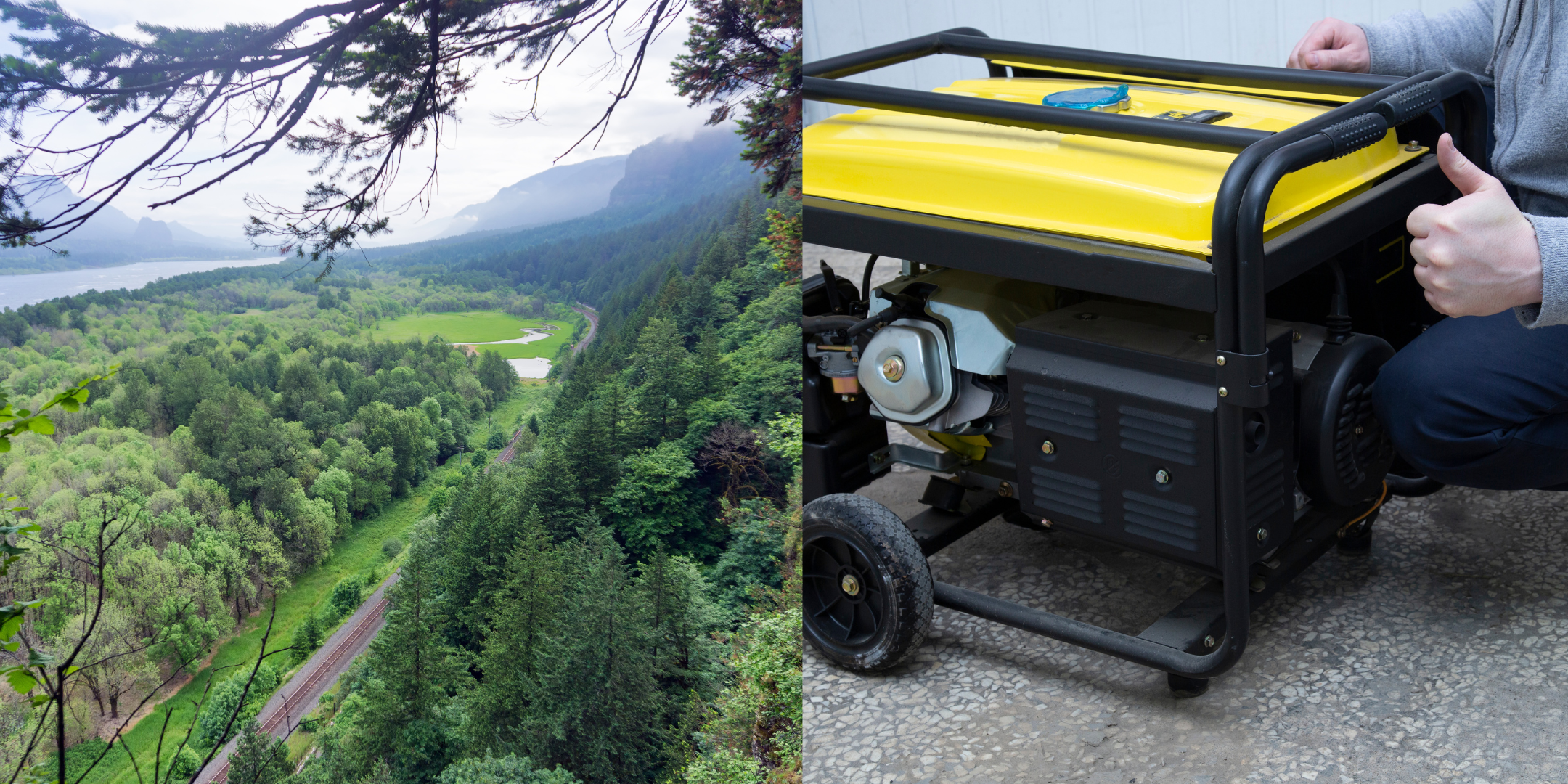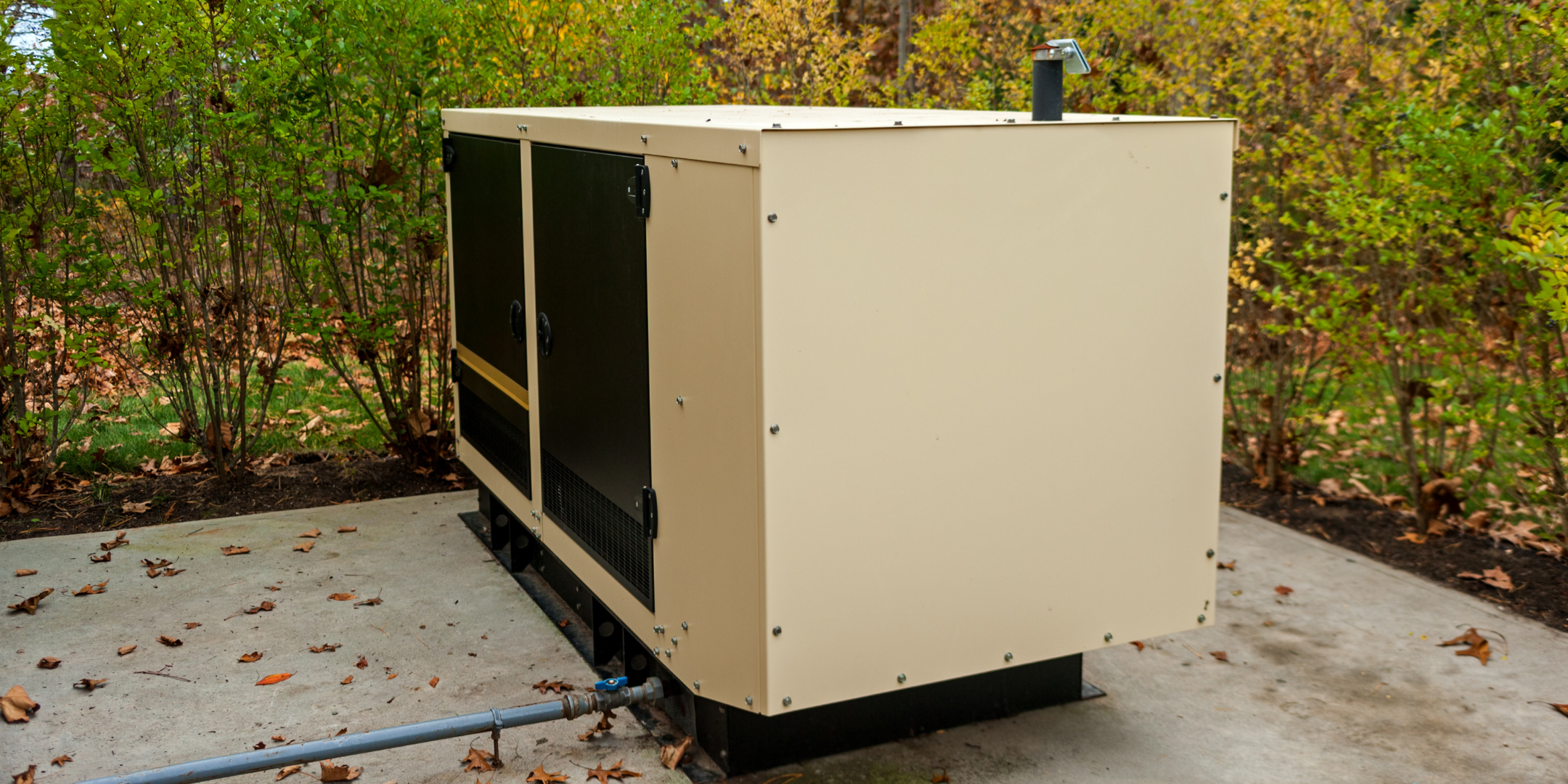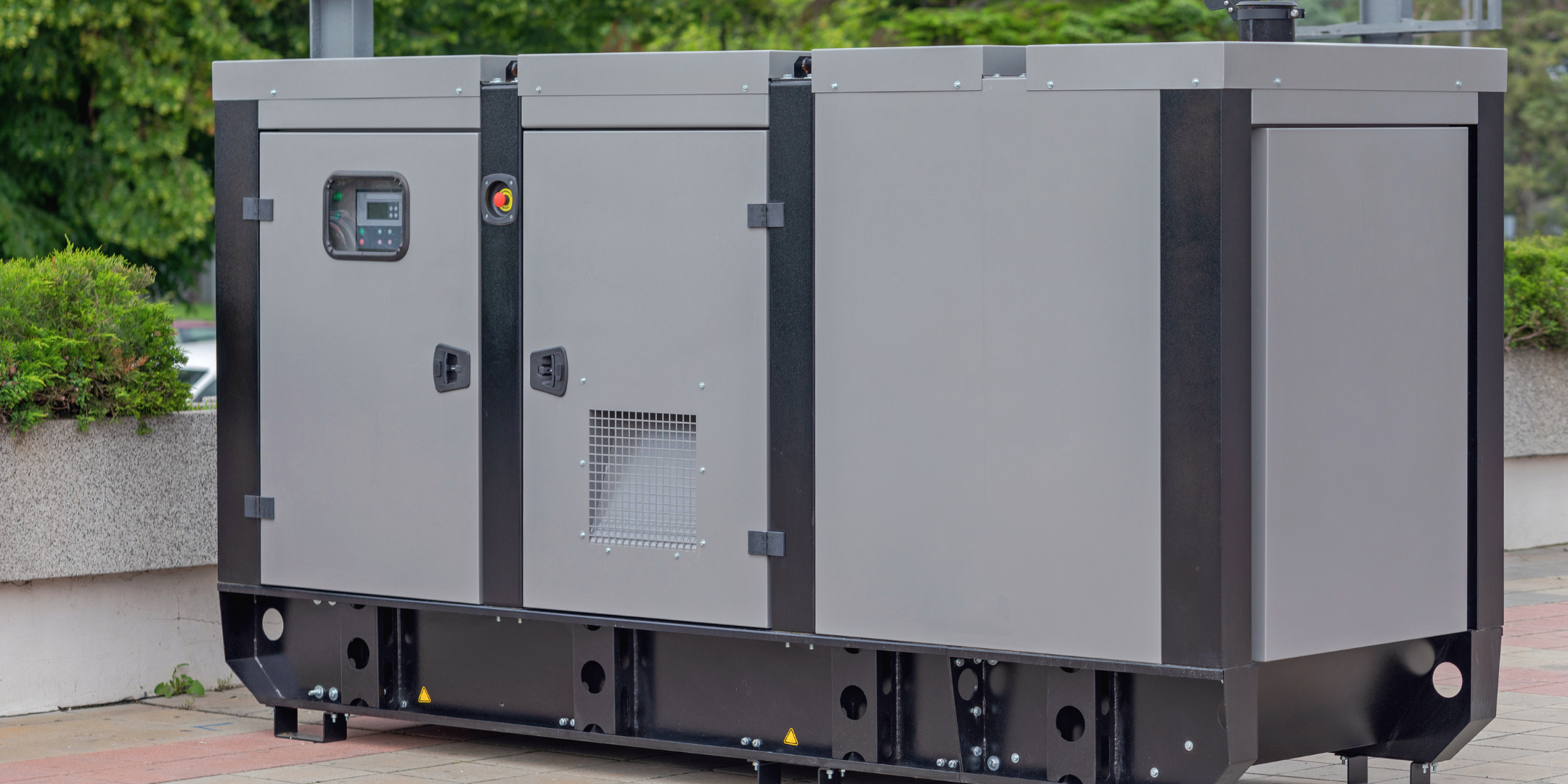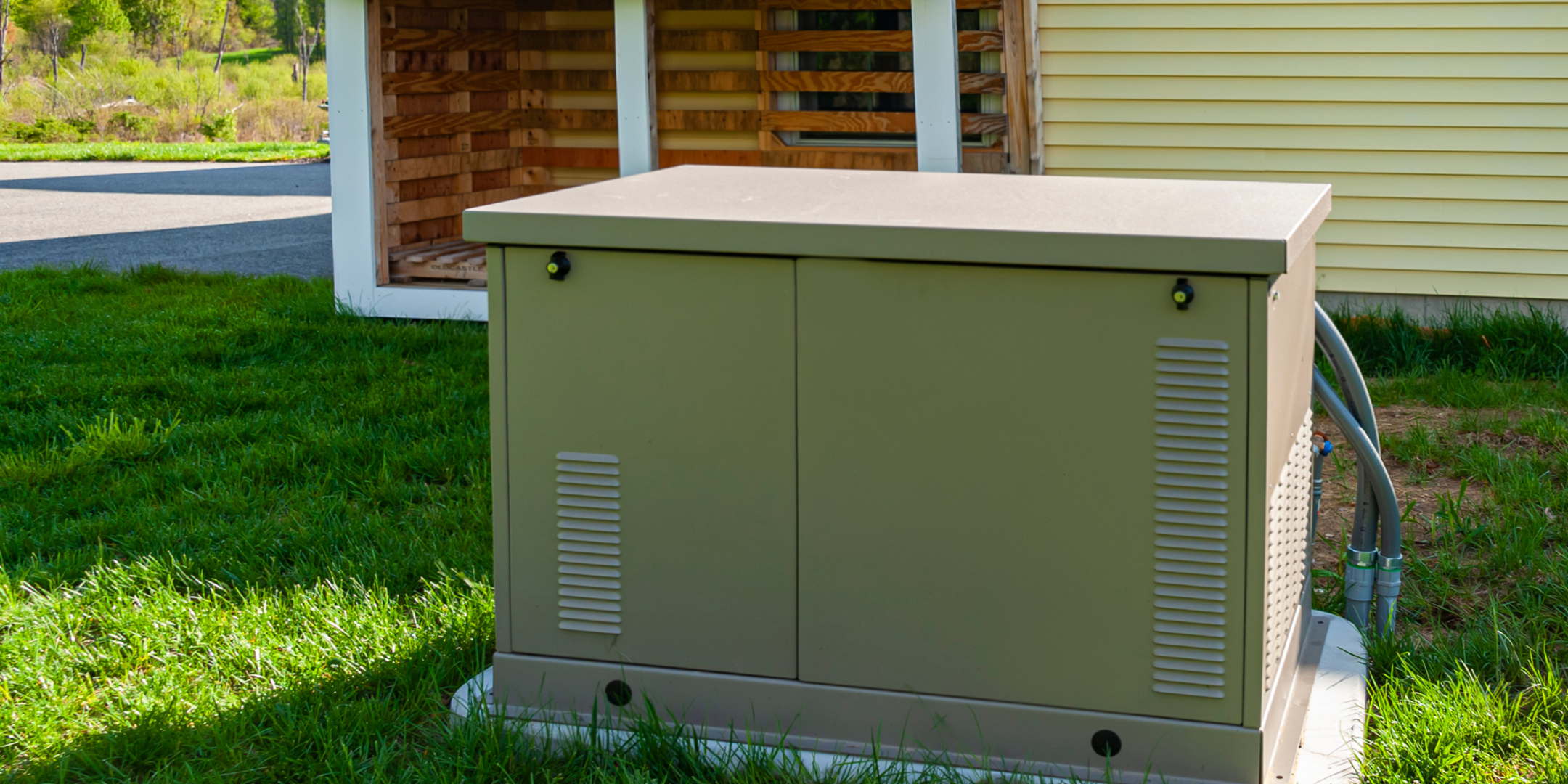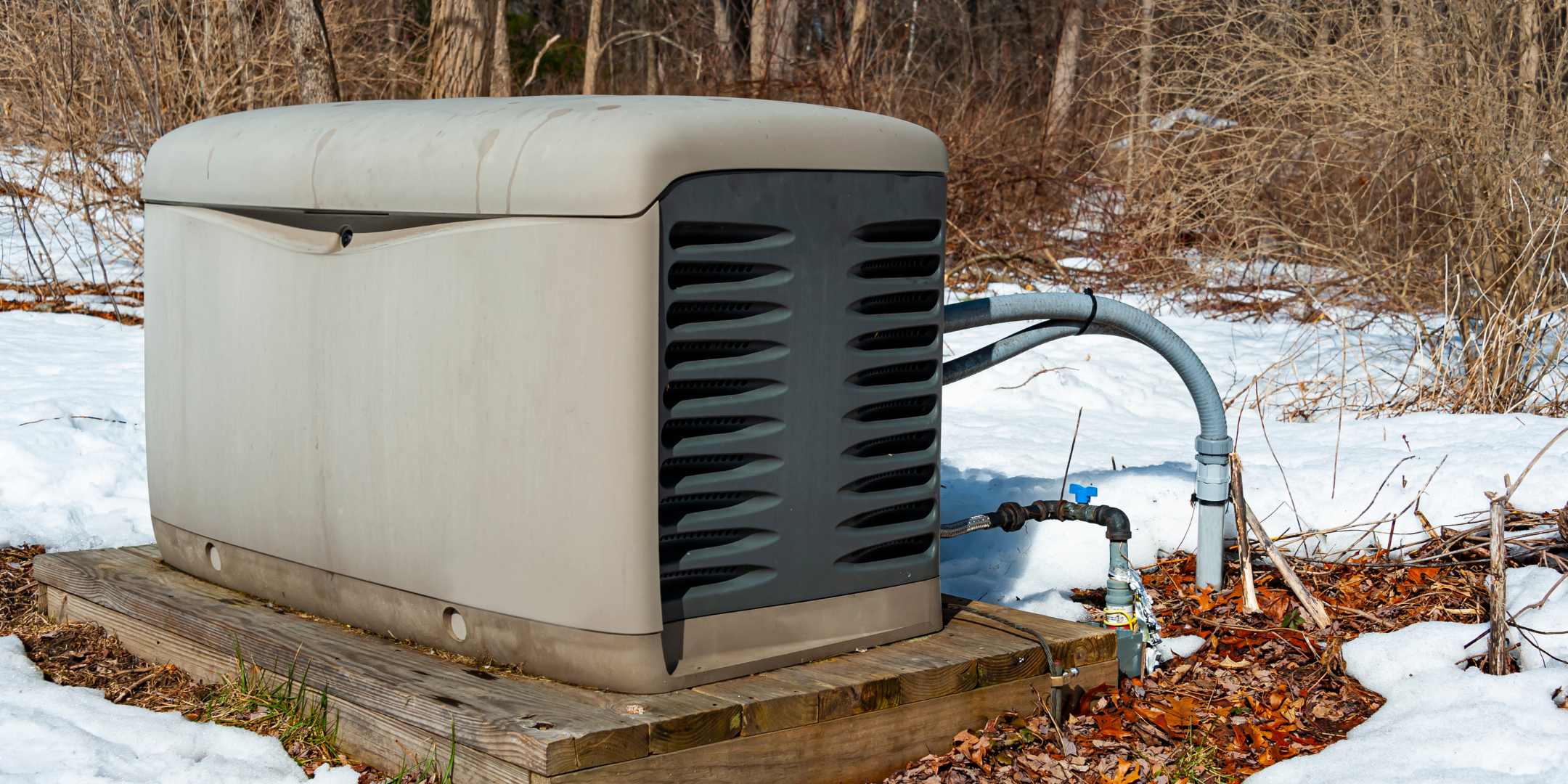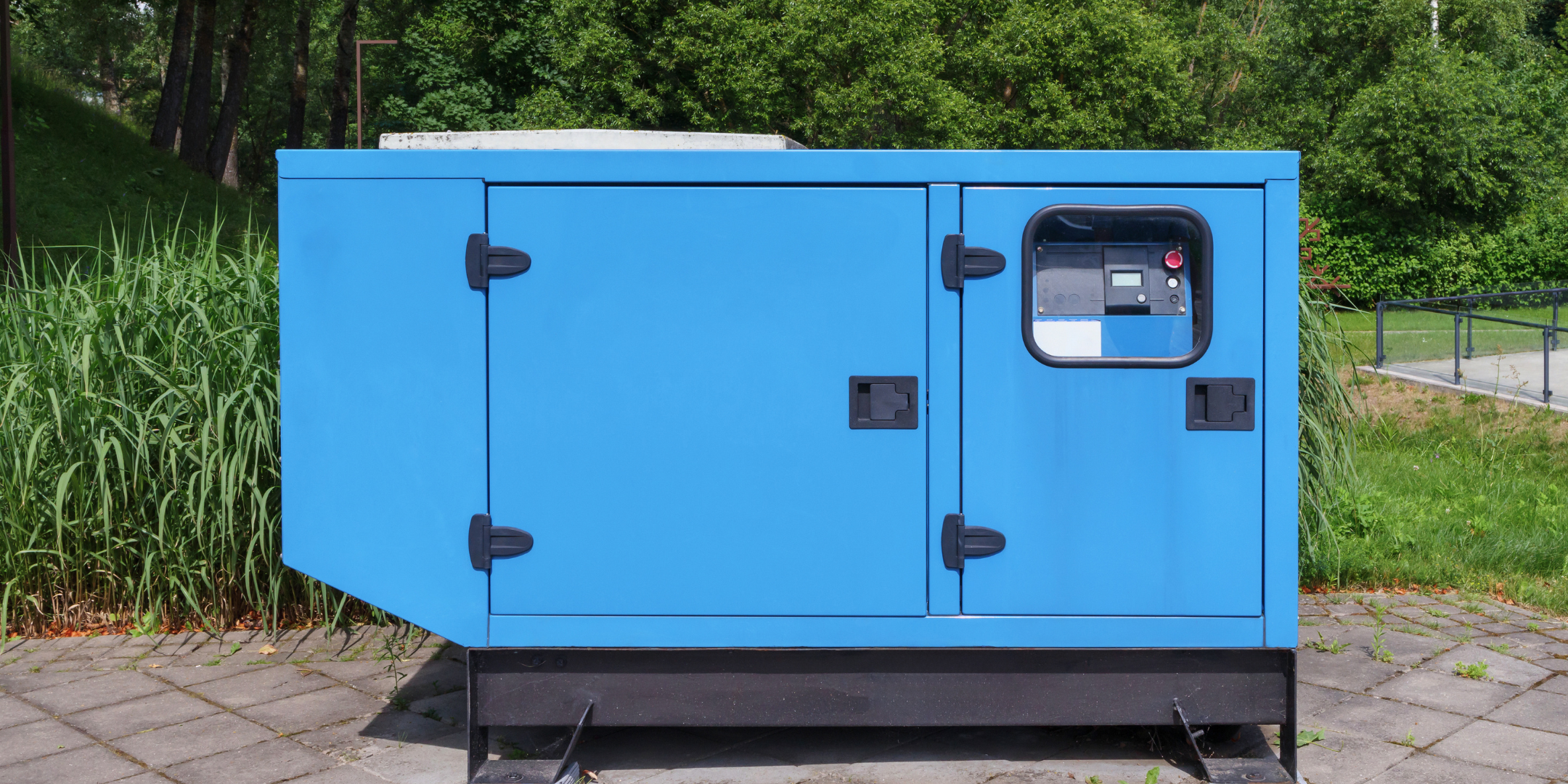Portable or Standby? How to Choose the Right Generator for Your Home
July 23rd, 2025
3 min read
By Daphne Hunt
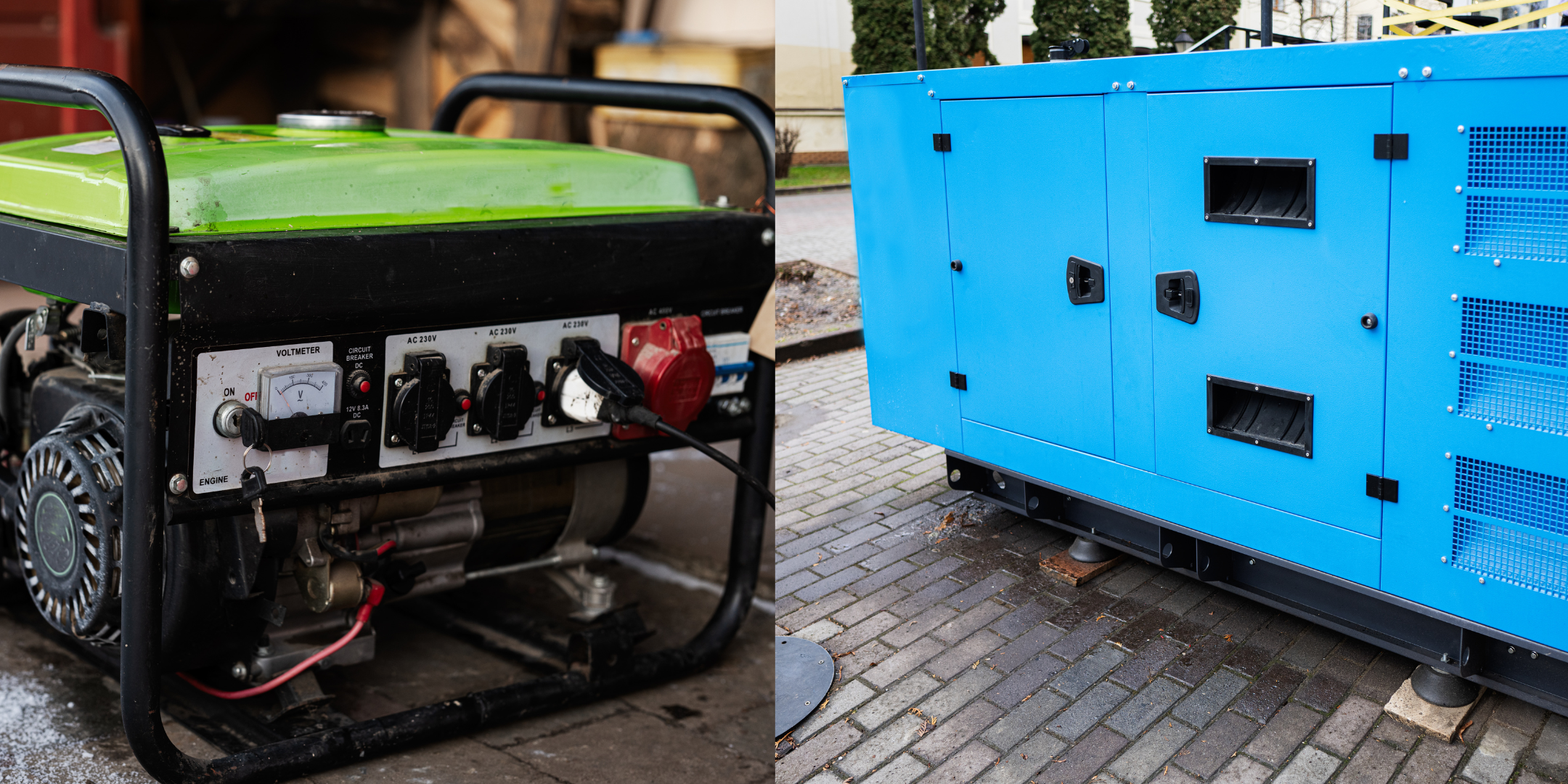
Power outages have a way of showing up at the worst possible time—usually when the fridge is full, the house is hot, and the kids are already cranky. You want to keep your home running, your family safe, and your sanity intact—but figuring out the right generator can feel like just another overwhelming decision.
house is hot, and the kids are already cranky. You want to keep your home running, your family safe, and your sanity intact—but figuring out the right generator can feel like just another overwhelming decision.
At A&E Plumbing, Heating and Air, we’ve been helping homeowners across the Gorge for over 17 years, and we’ve seen it all—from emergency calls during blackouts to post-storm regret over the wrong equipment.
By the end of this article, you’ll have a clear, no-nonsense understanding of which type of generator—portable or standby—truly fits your home, your lifestyle, and your budget.
What Do You Actually Need to Power During an Outage?
When the power goes out on a 90-degree day, you're not just thinking, “Where are the flashlights?” You’re doing a mental checklist:
doing a mental checklist:
- Did we just restock the fridge?
- Will the kids' sound machines still work tonight?
- What happens if the A/C doesn’t come back on?
It’s not just about comfort—it’s about keeping your household running smoothly when everything else feels out of control.
This is where portable and standby generators split paths. A portable unit might keep your fridge humming and a fan blowing—but that’s about it. A standby system? It powers your entire home automatically, including your A/C, laundry, and even your oven if dinner was halfway through baking when the lights went out.
Here’s What Common Appliances Really Require
| Appliance | Average Wattage | Portable Generator | Standby Generator |
|---|---|---|---|
| Refrigerator/Freezer | 600–800 W | ✅ Good fit | ✅ Excellent fit |
| Wi-Fi Router | 50–100 W | ✅ Yes | ✅ Yes |
| Lights (Whole Home) | 500–1,000 W | ⚠️ Limited | ✅ Yes |
| Microwave/Oven | 1,000–5,000 W | ❌ Not recommended | ✅ Yes |
| Central Air Conditioning (3-ton) | 3,000–5,000+ W | ❌ Not possible | ✅ Yes |
| Medical Devices (CPAP, etc.) | 60–400 W | ✅ Yes | ✅ Yes |
| Washing Machine & Dryer | 1,500–6,000 W | ❌ Not possible | ✅ Yes |
How Much Work Do You Want to Take On?
Outages almost never happen when it’s convenient. You’re usually cooking, bathing the kids, or trying to get everyone out the door. And while a portable generator might sound “good enough,” ask yourself:
- Are you home when the outage hits?
- Are you comfortable going outside in the dark or storm to hook things up?
- Do you know how to calculate load, manage fuel, and rotate appliances safely?
With a portable, you’ll need to pull it out of storage, fill it with gasoline or propane, run extension cords (or use a transfer switch), and manually turn it on. It works—but it’s not low-effort, especially if you’re doing everything else solo.
A standby generator, on the other hand, turns on by itself when the power drops. You don’t lift a finger. No running outside in socks. No troubleshooting why the fridge stopped working again.
Fuel Source Reality Check: What Makes Sense at Your House?
This is where a lot of homeowners get surprised. Not all fuel types are equal, and your setup matters.
Gasoline (used by many portables) is cheap and available—but only if you’ve prepped. It has a short shelf life, requires safe storage, and is a no-go around curious kids or cramped garages.
Propane is cleaner and more stable, making it a better fit for long-term use. Both portable and standby models can run on it, but you’ll need to monitor your tank levels and plan refills.
Natural Gas is the gold standard—if you have it. It’s what makes standby generators nearly hands-free. They hook into your home’s existing supply and never need refueling.
If you’re in a rural area like parts of Goldendale or Odell where natural gas isn’t available, propane is your most reliable standby fuel.
The Cost of Portable VS. Standby Generators
Let’s be real. Budget plays a big role in this decision—and for good reason. Here’s what you can expect:
Portable Generator Cost
- $500–$2,500 for the unit
- + $400–$800 if you want a safe home hookup (transfer switch)
- + $400–$800 if you want a safe home hookup (transfer switch)
- Ongoing costs: fuel, maintenance, replacements
Standby Generator Cost
- $4,000–$12,000+ installed
- Includes automatic transfer, permits, and full-home connection
- Includes automatic transfer, permits, and full-home connection
- Fuel: natural gas or propane, billed per use
When the Lights Go Out, You’ll Be Ready
If you're someone who works from home, has young children, or relies on refrigerated medications or medical devices, a standby system may actually save you money in the long run—by preventing spoiled food, missed work, or health disruptions.
medical devices, a standby system may actually save you money in the long run—by preventing spoiled food, missed work, or health disruptions.
When you started reading, you were probably feeling unsure. Maybe even overwhelmed. Choosing the right generator isn’t something most people think about—until they have to. You just want to keep your family safe, your home running, and your sanity intact when the power goes out.
With over 17 years of experience helping homeowners navigate these exact decisions, we’ve seen how the right backup plan can turn frustration into confidence. And we’re here to walk you through your options, without pressure—just smart, specific guidance based on your real-life needs.
If you’re relying on your generator for summer comfort, don’t miss this:
“Will Your Generator Run an AC—or Ruin It?” lays out what your system can safely support.
Daphne Hunt holds a bachelor's degree in English and Mass Communication and has a lifelong passion for writing. She thrives on using her skills to craft compelling pieces that inform, inspire, and connect with readers.
Topics:









